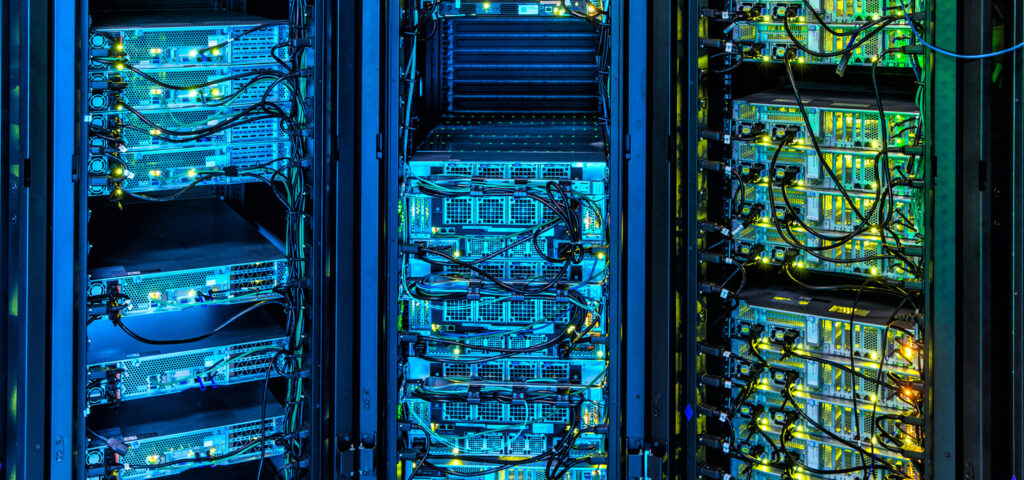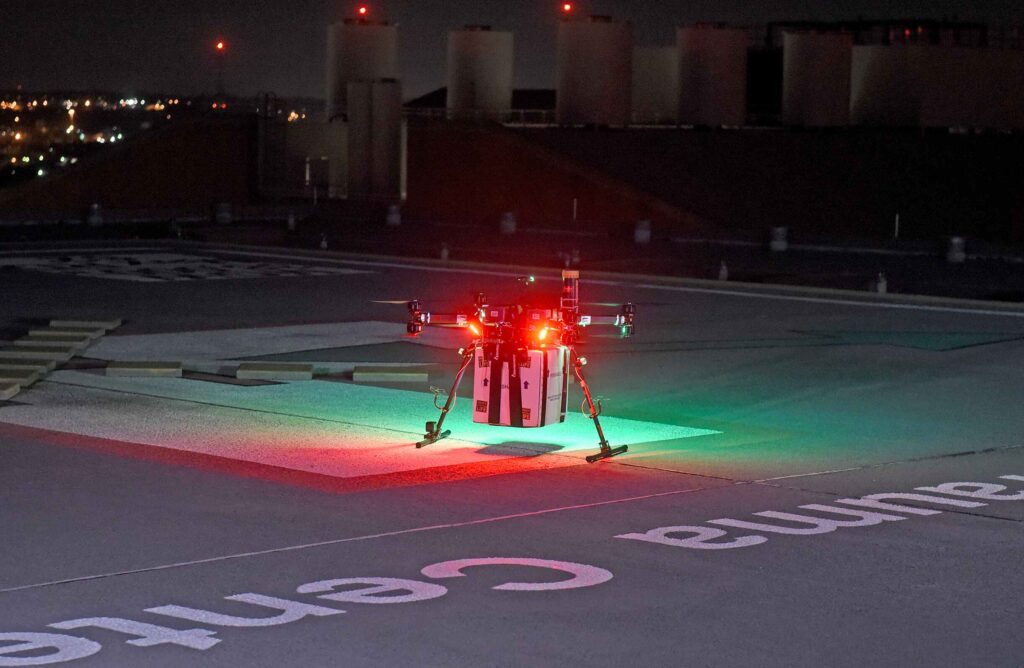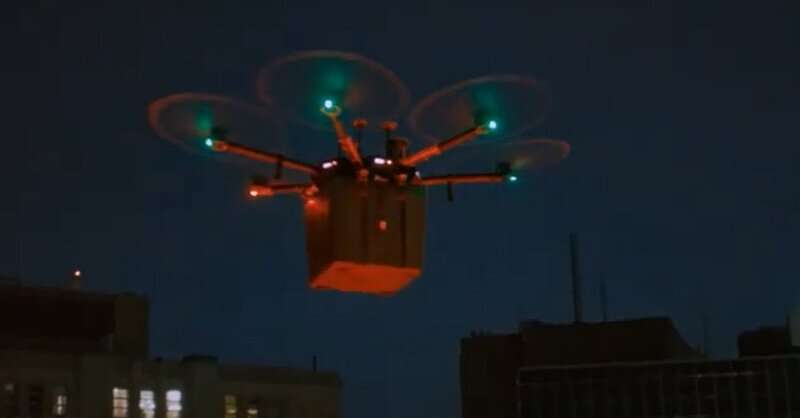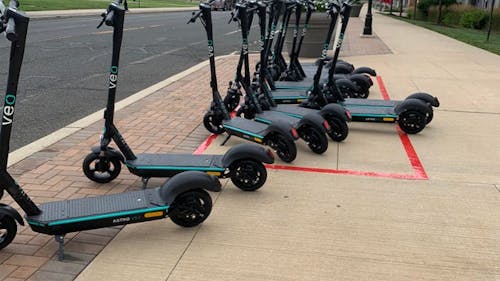Food is one of the basic human needs, therefore, in my opinion, it will always be a relevant and interesting topic for discussions. It used to take people a long time to get food and cook it, but now we can find grocery stores anywhere – even in the subway for the busiest of people. With the advent of technology, many people strive to live easily , saving more time for personal life or hobbies. In fact, technology is really helping us with that, and online food retailing is just one of the many examples. Anyway, why is online grocery shopping so successful and popular today? There are many reasons that we can analyze deeply.

First of all, it is convenient for many people, especially for those who work every day and generally do not have enough time to buy groceries. As I mentioned earlier, technology in the form of various applications and convenient platforms also plays a huge role in this process. Today, many stores encourage people to use their apps by implementing loyalty programs, such as various sales or free products for your points. Secondly, one of the main reason is a strong marketing and branding strategy. In this way, we can definitely attract and encourage new customers to buy from our store, especially when we develop and use different social platforms and pay for advertising to people who have a large target audience in a certain region for our shops. Furthermore, customization and personalization are key components of successful eFood platforms. With the help of artificial intelligence, platforms easily and quickly can analyze customer preferences and behavior, providing personalized recommendations and promotions.From these many people can also obtain offers, which will be very attractive because of huge choice that they can get, choosing and buying food online. On the other hand, I have friends for whom shopping is a kind of entertainment. They just go to look at new food products and nothing more. In this case, large offline stores with products will always win, especially if they sell not only food, but also books, household goods or stationery (such as Carrefour in Poland) .
Conclusion : Although online food retailing is in demand by many people , I am not a fan of this way of buying food. In my own life, I have faced situations where the products that I buy have been delivered to me of poor quality or even expired. The main downside for me when buying groceries online will always be the quality of food.In fact, we can deal with this problem if we check different online stores or simply ask our acquaintances who have their own experience in that field and are always ready to help us. In any case, from my point of view, it’s nice to use from time to time various delivery services or apps to buy delicious meals for special occasions or when there really isn’t enough time at all, but not on a regular basis . In addition, you always need to keep in mind that not everything that is beautiful in advertising or on the Internet is the same in reality in our fast-paced life.
Sources : 1)https://extension.usu.edu/news_sections/home_family_and_food/pros-cons-online-grocery-shopping 2)https://www.orckestra.com/en/blog/2016/06/15/Top-5-eCommerce-Success-Factors-that-Food-Retailers-should-Steal-from-Discounters 3)https://chat.openai.com (info about reasons such as marketing strategy and also personalisation and customisation) 4)https://assets.kpmg.com/content/dam/kpmg/gr/pdf/2023/04/gr-the-future%20of-retail-a%20deep-dive-into-grocery%20-retail-in%20-greece.pdf 5)https://www.dlg.org/en/food/topics/dlg-expert-reports/nutrition/dlg-expert-knowledge-12020-1 (picture)

















